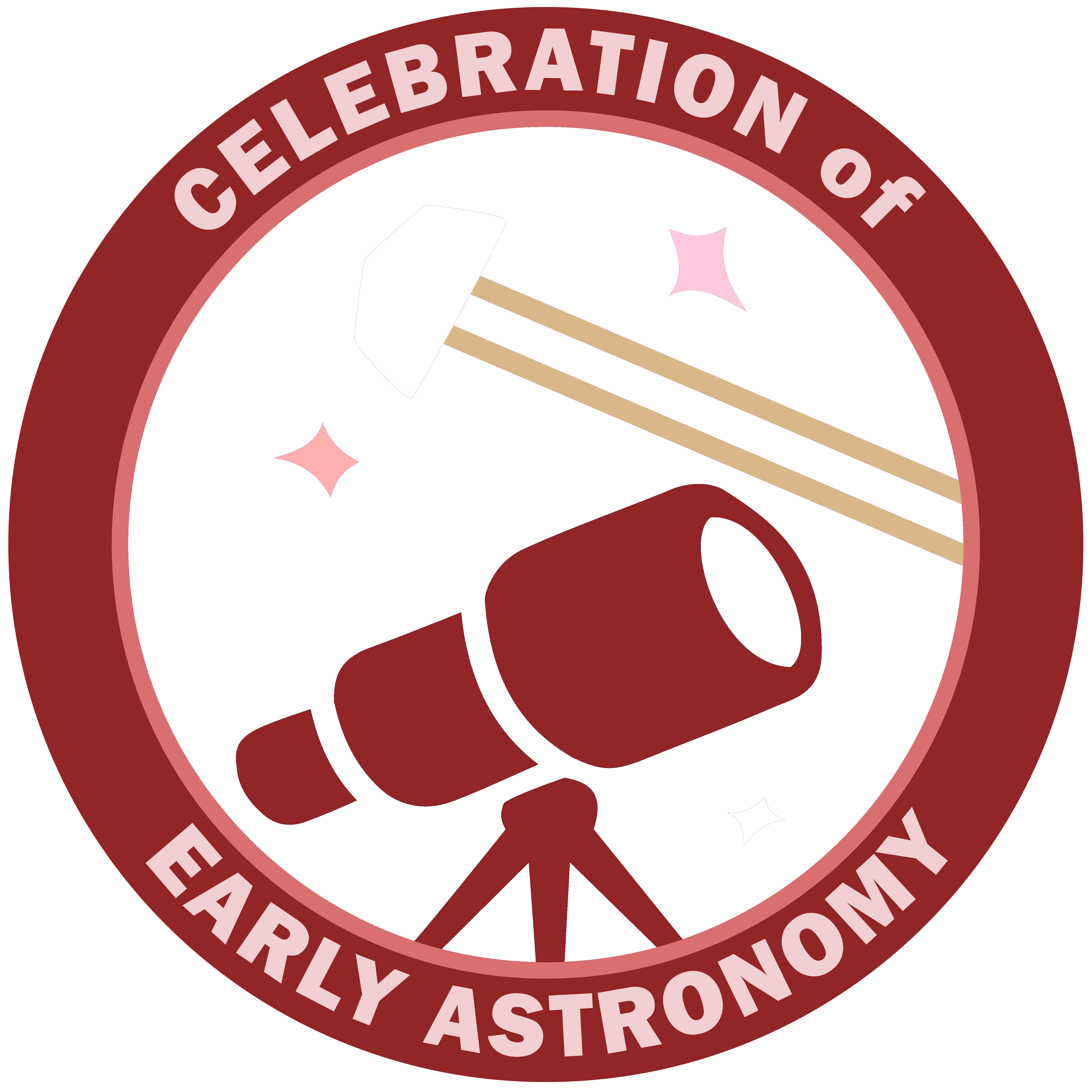On this leg we will pass by Sagittarius A*, the supermassive black hole at the center of our galaxy as we continue our trip back towards the populated bubble.
Dates
Start Date: September 4, 2021
End Date: September 18, 2021
Distances
Basecamp Line: 12,595.07 Ly
Main Waypoints: 12,920.68 Ly
Optional Waypoints: 21,807.38 Ly
Map, (click for full size):

Basecamp: HD 157693
Main Waypoints
- Map References quick reference list, more details below
- Sagittarius A*
- Great Annihilator
- IGR J17285-2922
- HD 157693
Main Waypoints Details
- Map Reference: Sagittarius A*
- Sagittarius A* is the Supermassive Black Hole at the center of the Milky Way Galaxy, the type of black hole generally accepted to be at the center of most, if not all spiral and elliptical galaxies. Observations of stars, most notably S2 that orbit around Sagittarius A* have been used to show the presence of a supermassive black hole at that location. S2’s highly eccentric orbit and proximity to Sagittarius A* has been instrumental for scientists use in determining the location and mass of Sagittarius A. At it’s closest to Sagittarius A S2 was recorded to travel at a speed of 7650 km/s, or 2.55% the speed of light.
SIMBAD Link for S2: http://simbad.u-strasbg.fr/simbad/sim-id?Ident=%5BEG97%5D+S2 - SIMBAD Link
- EDSM Link
- Sagittarius A* is the Supermassive Black Hole at the center of the Milky Way Galaxy, the type of black hole generally accepted to be at the center of most, if not all spiral and elliptical galaxies. Observations of stars, most notably S2 that orbit around Sagittarius A* have been used to show the presence of a supermassive black hole at that location. S2’s highly eccentric orbit and proximity to Sagittarius A* has been instrumental for scientists use in determining the location and mass of Sagittarius A. At it’s closest to Sagittarius A S2 was recorded to travel at a speed of 7650 km/s, or 2.55% the speed of light.
- Map Reference: Great Annihilator
- Large black hole pair in the galactic center, one of the brightest gamma ray sources found in the Milky Way, producing massive amounts of photon pairs at 511 keV, which usually indicates the annihilation of an electron-positron pair. Additionally it emits high-velocity synchrotron radiation in the radio spectrum for an estimated three lightyears from it.
- SIMBAD Link
- EDSM Link
- Map Reference: IGR J17285-2922
- A known X-Ray binary in the galactic center that exhibited two outbursts in 2003 and 2010 and went into outburst again in 2019. It has a fairly low luminosity for an X-ray binary however, suggesting that the donor star could be “hydrogen poor.”
- SIMBAD Link
- EDSM Link
- Map Reference: HD 157693
- A blue-white supergiant star in the direction of the galactic center. Fairly luminous, albeit just under the limit for naked eye visibility.
- SIMBAD Link
- EDSM Link
Optional Waypoints
- Map References quick reference list, more details below
- Sagittarius A*
- Stuemeae FG-Y d7561
- Wepue AA-Z e1744
- Great Annihilator
- Hypiae Aurb AA-A G588
- IGR J17285-2922
- HD 157693
Optional Waypoints Details
- Map Reference: Stuemeae FG-Y d7561
- POI: Explorer’s Anchorage
- Explorer’s Anchorage is a station located in this system just next door to Sagittarius A*
- Map Reference: Wepue AA-Z e1744
- POI: (NBORO) Black Hole Only Nebula
- This is a system inside of a nebula with the only star being a black hole. This means the only source of light in the system is from the reflection of the nebula. For Odyssey players there are atmospheric planets within the system. Due to the nature of the system, the atmospheres end up being bands of black on the horizon, because even being as thin as they are, they are enough that they can block the small pittance of light coming from the nebula’s reflection if passing through at enough of an angle, which makes for an interesting sight to behold.
- Map Reference: Hypiae Aurb AA-A G588
- POI: (NBORO) Hypiae Aurb AA-A G588 A 1
- Warning, Extreme Gravity This planet is currently the recordholder for the highest Gs of a landable planet at 11.6g. Attempt landing at your own risk.
